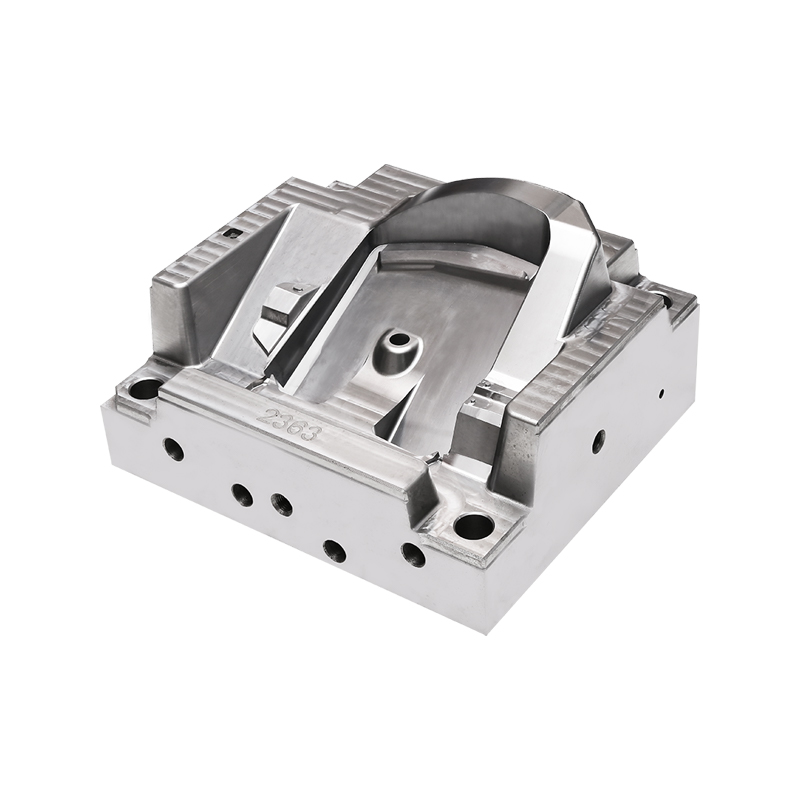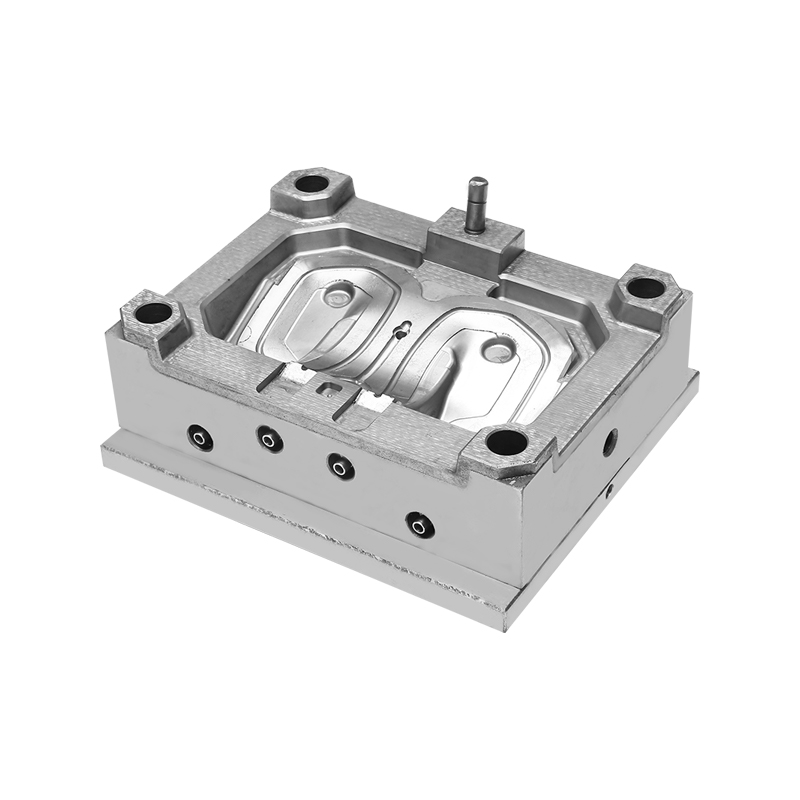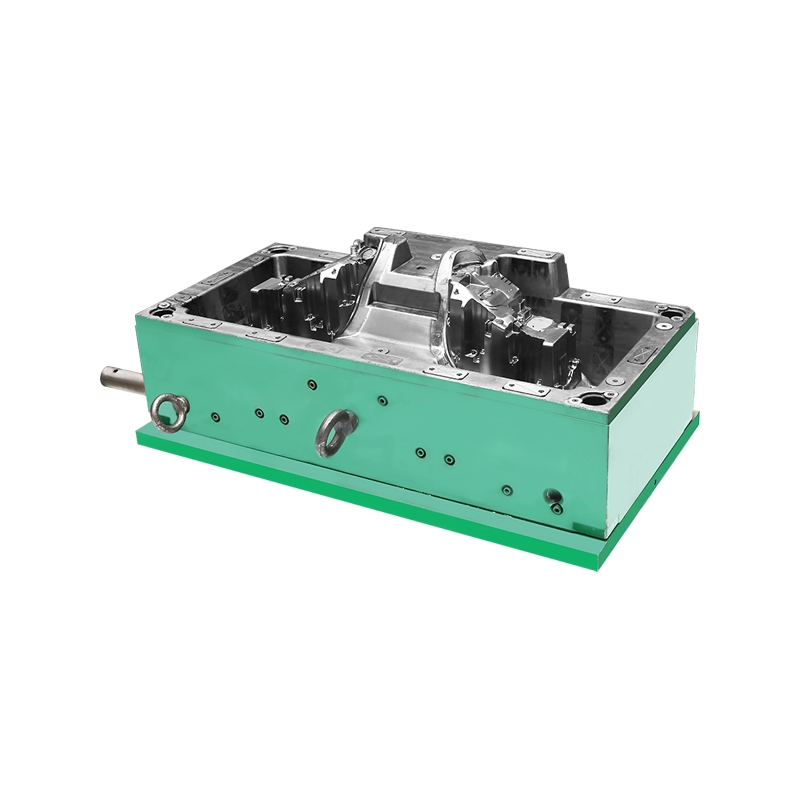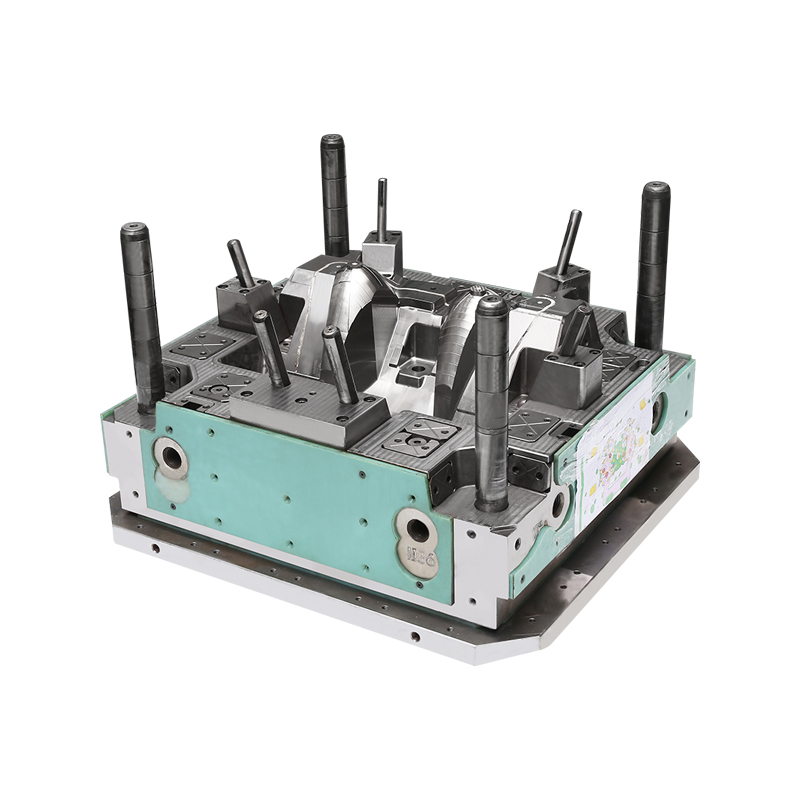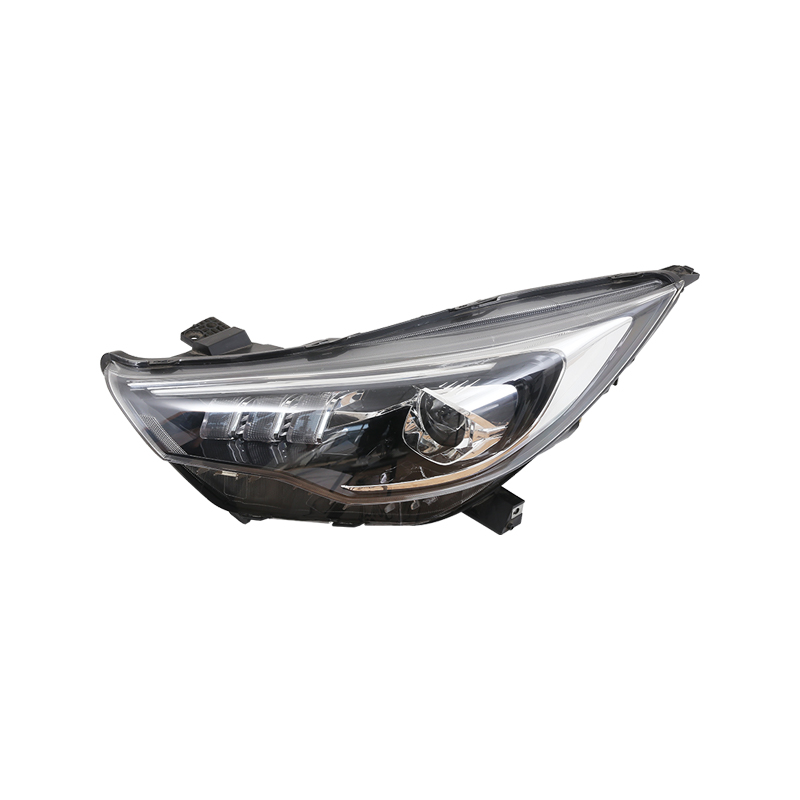In the realm of precision manufacturing, surface quality often plays a defining role in product appeal and functionality. The Plastic Injection Mold process is widely used across industries, not only for its efficiency and scalability but also for its ability to deliver a wide range of surface finishes. From high-gloss textures to matte effects, the surface treatment possibilities available through Plastic Injection Mold are vast, offering manufacturers great flexibility in product design and branding.
Why Surface Finish Matters in Plastic Injection Mold?
The surface finish achieved through Plastic Injection Mold impacts more than just visual aesthetics. It can influence product feel, functional performance, durability, and market perception. A smooth, high-gloss part may be desirable for consumer electronics, while a textured or matte surface could be better suited for automotive interiors or hand tools, where grip and wear resistance are priorities.
The Plastic Injection Mold process supports this variation through precise mold cavity treatments. Before production even begins, the mold surface can be modified using different techniques to achieve the desired texture or polish on the final product.
Key Surface Treatment Methods in Plastic Injection Mold
There are several commonly used methods to alter the surface of a Plastic Injection Mold cavity. Each method delivers a unique result in the molded part:
1. Polishing
Polishing is used to create a smooth and glossy finish. This process involves grinding and buffing the mold cavity to eliminate surface irregularities. When applied to a Plastic Injection Mold, polishing can produce mirror-like finishes suitable for optical components, cosmetic packaging, and decorative consumer goods. The degree of polish is categorized in levels, and the levels can reflect light similar to glass or metal.
2. Etching
Etching introduces micro-patterns or designs onto the mold surface, allowing the Plastic Injection Mold to produce parts with textures such as leather grains, wood patterns, or geometric motifs. This is especially useful for dashboard panels, appliance housings, and cases where appearance is a key selling point. Etching enhances visual appeal while also masking minor defects like flow lines or scratches.
3. Sandblasting
Sandblasting uses abrasive particles to roughen the mold surface, resulting in a matte or frosted texture. This technique is often used in Plastic Injection Mold applications where a non-reflective or soft-touch finish is preferred. It also increases surface area slightly, which can improve paint or coating adhesion in post-processing.
4. Laser Engraving
Laser engraving adds highly detailed textures or branding directly to the Plastic Injection Mold. Logos, text, or fine patterns can be permanently engraved into the mold cavity, ensuring every part produced carries consistent and precise markings. This method is common in industries that require branding or serialization.
Surface Options Enabled by Plastic Injection Mold
Through these treatment techniques, the Plastic Injection Mold process can deliver a variety of surface effects:
Glossy finish: Smooth and reflective, ideal for premium-looking consumer products.
Matte finish: Soft and subtle, reduces glare and fingerprints.
Textured finish: Grained or patterned surfaces that enhance grip or simulate natural materials.
Mirror finish: Highly polished for optical clarity or high-end packaging.
Custom engraved details: Functional or decorative markings integrated into the part's surface.
This level of customization gives manufacturers the ability to align product appearance with brand identity, consumer expectations, and application-specific requirements.
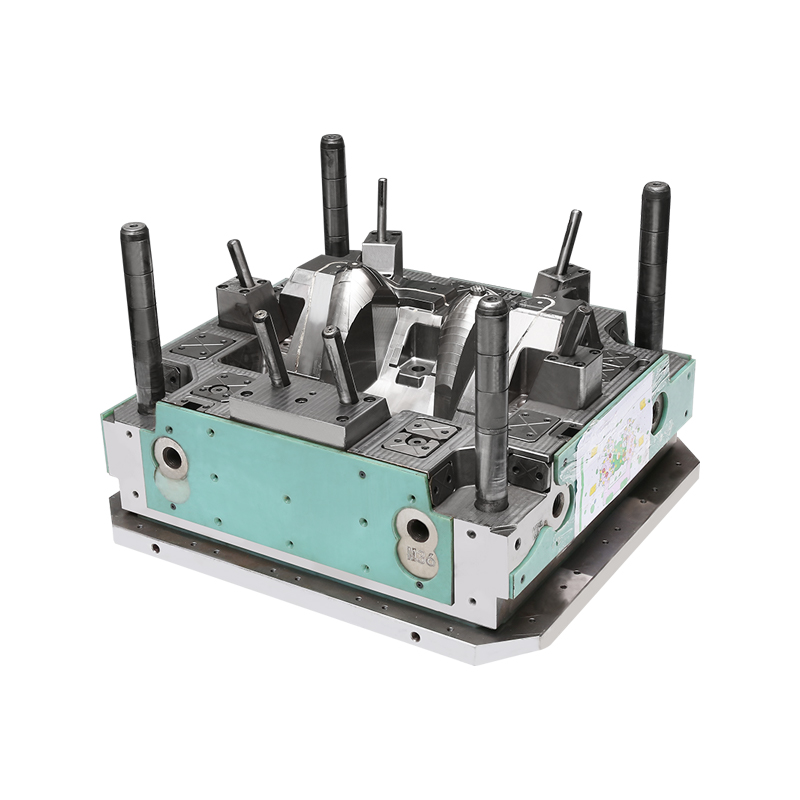
Applications That Rely on Surface Flexibility
Numerous industries depend on the surface versatility provided by Plastic Injection Mold technology:
Automotive: Dashboards, air vent surrounds, and console panels often require distinct textures to differentiate between touch points and visual zones.
Consumer Electronics: Glossy smartphone cases or matte tablet backs are created with precision-treated molds.
Medical Devices: Smooth, easy-to-clean surfaces are essential for hygiene and regulatory compliance.
Packaging: Decorative cosmetic containers benefit from detailed etching and polishing for a luxury feel.
In each of these sectors, the surface quality achieved by the Plastic Injection Mold directly influences consumer experience and product performance.
Surface Treatment and Mold Longevity
Surface-treated molds are not only about aesthetics—they also contribute to the durability of the Plastic Injection Mold itself. Proper polishing can reduce wear on high-friction areas, while texture treatments can help distribute injection pressure more evenly. Choosing the right treatment ensures that the mold can withstand repeated cycles while maintaining surface integrity and dimensional precision.
Regular maintenance, such as re-polishing or cleaning of textured surfaces, can further extend the life of a Plastic Injection Mold, ensuring long-term consistency and quality in production.
The ability to create a wide range of surface finishes is one of the valuable features of the Plastic Injection Mold process. Whether manufacturers need a sleek, reflective surface or a subtle, tactile texture, the mold cavity can be prepared accordingly. This flexibility enhances not only the appearance of the final part but also its functionality and market appeal.
As industries continue to seek differentiation in product design, the role of Plastic Injection Mold in delivering high-quality, surface-customized components will remain essential. From consumer products to industrial equipment, surface treatment options empower designers and manufacturers to meet diverse and evolving expectations.

 English
English 中文简体
中文简体 русский
русский Español
Español
